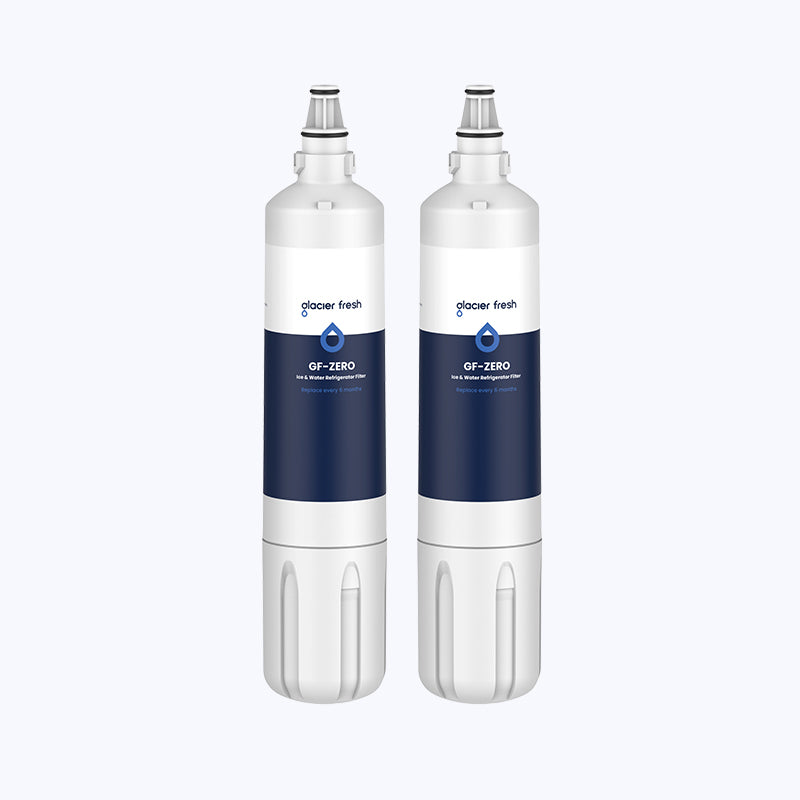Guest
Guest
Sep 10, 2024
8:13 PM

|
Understanding Contaminant Interception Rate: Key Metrics and Their Importance in Environmental Safety
In today's world, ensuring clean and safe drinking water is more crucial than ever. One of the key metrics that contribute to this goal is the contaminant interception rate. This rate measures the effectiveness of water treatment systems in removing harmful substances from water. Understanding this metric can help consumers make informed decisions about their household water treatment equipment. 
What is Contaminant Interception Rate?
The contaminant interception rate refers to the percentage of contaminants that a water treatment system successfully removes from water. This rate is essential for evaluating the performance of various filtration technologies, including reverse osmosis, activated carbon filters, and UV purification systems. By analyzing this rate, users can determine how effectively their systems are protecting them from pollutants.
Factors Influencing Contaminant Interception Rate
Several factors can influence the contaminant interception rate of a water treatment system:
- Type of Filter: Different filtration technologies target specific contaminants. For instance, activated carbon filters excel at removing chlorine and volatile organic compounds, while reverse osmosis systems are effective against dissolved solids.
- Water Quality: The initial quality of the water being treated plays a significant role. Higher levels of certain contaminants may overwhelm a system, reducing its interception rate.
- Maintenance: Regular maintenance and timely replacement of filter cartridges are crucial. A neglected system may experience a decline in its contaminant interception rate.
Importance of Monitoring Contaminant Interception Rate
Monitoring the contaminant interception rate is vital for several reasons:
- Health Safety: Understanding how well your water treatment system performs can help prevent exposure to harmful contaminants.
- Cost Efficiency: Knowing the interception rate allows consumers to choose the most effective systems, potentially saving money on replacements and repairs.
- Environmental Impact: Efficient water treatment contributes to environmental safety by reducing the release of pollutants into ecosystems.
Improving Your Contaminant Interception Rate
To enhance the contaminant interception rate of your household water treatment system, consider the following:
- Regularly replace filters as recommended by the manufacturer.
- Test your water quality periodically to identify any changes in contaminant levels.
- Choose high-quality filtration products that are certified for performance.
For those looking to upgrade their water treatment systems, explore options available at  . Investing in reliable filtration solutions can significantly improve your contaminant interception rate and ensure the safety of your drinking water. . Investing in reliable filtration solutions can significantly improve your contaminant interception rate and ensure the safety of your drinking water.
Conclusion
In conclusion, understanding the contaminant interception rate is essential for anyone concerned about water quality and safety. By being informed about this metric, consumers can make better choices regarding their water treatment systems, ultimately leading to healthier lives and a cleaner environment.
|